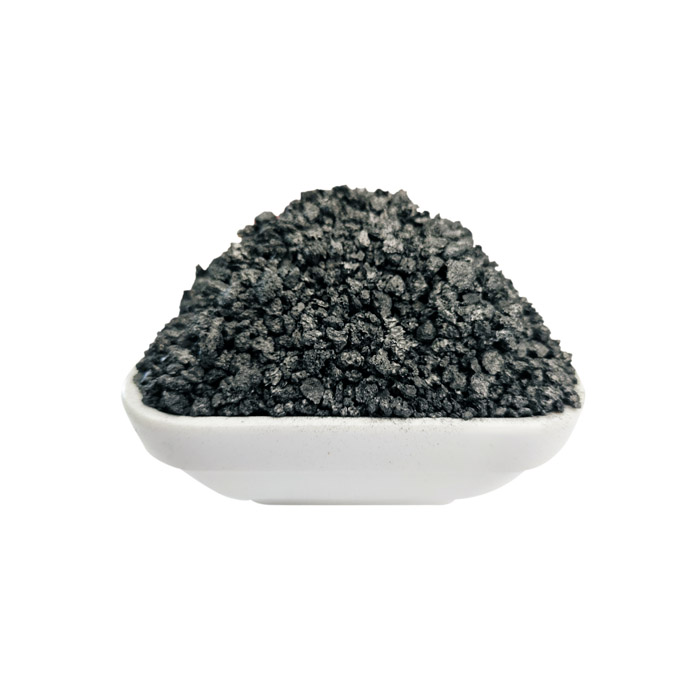Aug . 15, 2024 04:16 Back to list
Exploring the Advancements and Innovations in Powder Metallurgy for Metal Manufacturing Industries
The Evolution of Powder Metallurgy in Metal Manufacturing
Powder metallurgy (PM) has emerged as a significant manufacturing process in the production of metal components, enabling innovations across various industries. This technique involves the creation of metal parts from powdered materials, offering unique advantages that have contributed to its growing acceptance and utilization in factories worldwide.
The PM process begins with the production of fine metal powders, which can be created through several techniques, including atomization, chemical reduction, and mechanical milling. These powders exhibit controlled characteristics, such as particle size and shape, which are crucial in achieving the desired properties in the final product. Once the metal powder is obtained, it is typically mixed with lubricants and binders to enhance flowability and improve the pressing process.
The Evolution of Powder Metallurgy in Metal Manufacturing
Moreover, the efficiency of powder metallurgy is notable. The process generally requires less energy than conventional metalworking methods, such as casting and forging. This reduced energy consumption is not only cost-effective for manufacturers but also makes PM a more environmentally friendly option. Additionally, the minimal waste generated during production—due to the near-net-shape capabilities of PM—further underscores its sustainability benefits.
powder metallurgy metals factories

As the demand for high-quality and cost-effective metal components increases, many factories around the globe are investing in advanced powder metallurgy technologies. These advancements include improved powder production techniques, innovative sintering processes, and enhanced quality control measures. State-of-the-art facilities are increasingly adopting automated systems to streamline production, reduce labor costs, and ensure consistent product quality.
In recent years, additive manufacturing—often referred to as 3D printing—has intersected with powder metallurgy, opening up new avenues for innovation. By utilizing metal powders in additive processes, manufacturers can produce highly customized components on-demand, which is especially advantageous in applications where traditional manufacturing methods fall short. This combination of technologies is paving the way for a future where bespoke metal parts can be rapidly developed and produced, catering to specific performance requirements.
However, challenges remain in the powder metallurgy sector. The properties of the final products are heavily reliant on the quality of the starting powders and the processing conditions. Variability in powder characteristics can lead to inconsistencies in the end product, necessitating ongoing research and development efforts to enhance material formulations and processing techniques. Additionally, the initial costs associated with setting up PM production facilities can be a barrier for smaller manufacturers.
In conclusion, powder metallurgy represents a transformative approach to metal manufacturing, characterized by its efficiency, sustainability, and ability to produce complex geometries. As factories around the world continue to adopt and refine PM techniques, the industry is poised for significant growth and innovation. The convergence of powder metallurgy with additive manufacturing further amplifies its potential, allowing for greater customization and agility in production. As challenges are met with technological advancements, the future of powder metallurgy looks promising, providing valuable solutions across various sectors.
-
Eco-Friendly Granule Covering Agent | Dust & Caking Control
NewsAug.06,2025
-
Fe-C Composite Pellets for BOF: High-Efficiency & Cost-Saving
NewsAug.05,2025
-
Premium Tundish Covering Agents Exporters | High Purity
NewsAug.04,2025
-
Fe-C Composite Pellets for BOF | Efficient & Economical
NewsAug.03,2025
-
Top Tundish Covering Agent Exporters | Premium Quality Solutions
NewsAug.02,2025
-
First Bauxite Exporters | AI-Optimized Supply
NewsAug.01,2025
